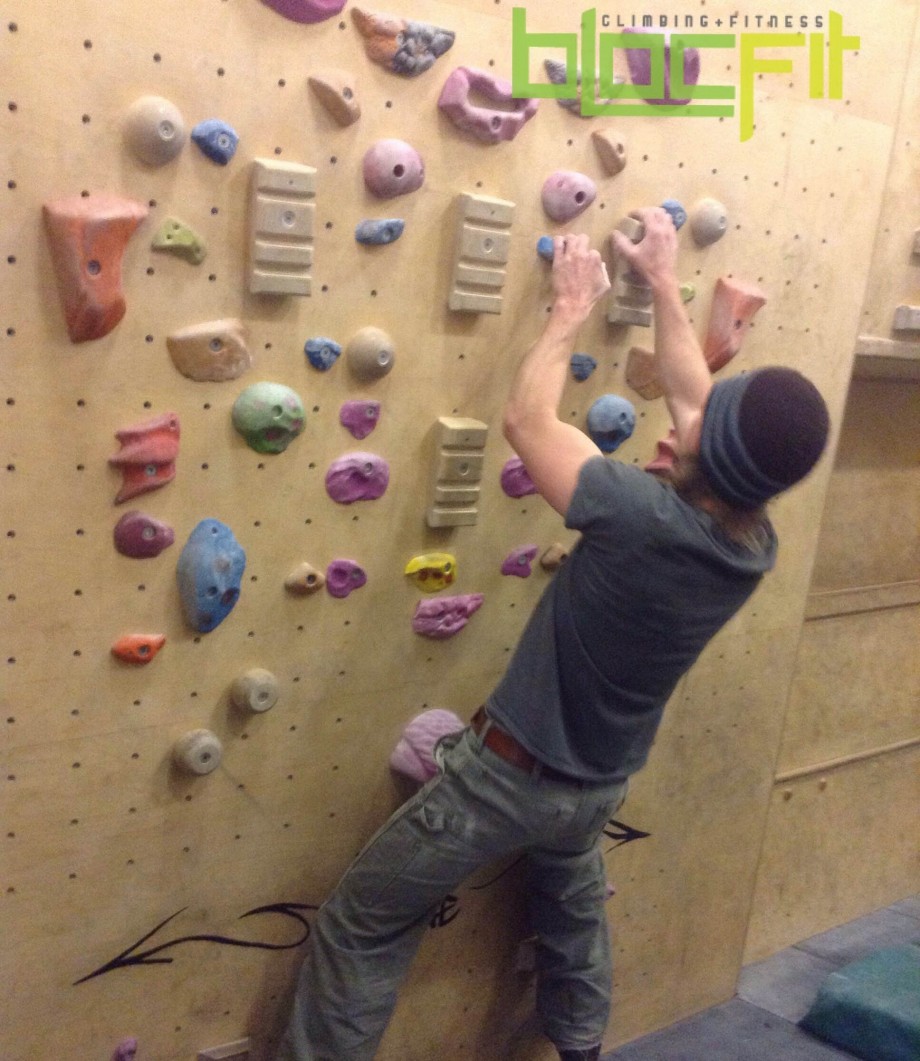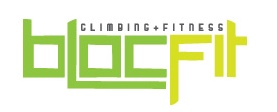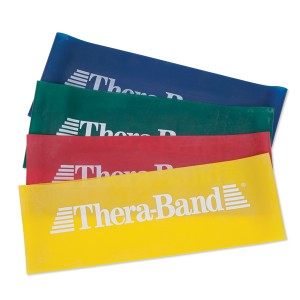
Photo: Arthur Hsu
Warming up —an alien concept to many climbers, but easily the most crucial 15 minutes of an entire training session.
I’d be wrong to suggest that climbers don’t warm up at all, as you can look to many corners of the climbing gym and find downward dogs and high-speed jumping jacks; however, rarely do I see an effective warm up that includes all aspects of what a climber needs to get the most of their workout.
Like with all sports though, our body requires a period of preparation before it can perform at its highest levels. Maybe due in part to our social approach to the sport, we often don’t treat it for what it is: a full body workout!
The best way to devise a warm up plan is to understand why you’re warming up and why it will make the difference to your session. The obvious reason we warm up is for injury prevention, while the less obvious but equally important reason is body priming.
Body priming
No car in the world starts up in the morning and runs as affectively as it should after a frigid evening. Our bodies are the same. We need a period of warming to get our brains and muscles in gear. No one ever rolled out of bed and flashed a 5.13b (8b)—no matter how good they are. The body doesn’t react to demands like that without proper priming. Everyone—including myself—is guilty of jumping straight on to the wall every now and then. Time restraints and pure excitement don’t always make a warm up viable, but if you want the most out of a session it’s a must.
The benefits of an effective warm up
- Improvements in muscle force and reaction time
- Increased blood flow and oxygen to activate muscles
- Faster muscle contraction and relaxation
- Reduces injury and muscle stiffness
- Improves overall performance
- Increases muscle temperature
3 Key Phases of a Warm Up
Although you can choose different exercises/movements for your warm up, they should all follow the following 3 phase structure:
Phase 1: pulse raiser
Your goal with the first phase is to get blood flowing to your muscles and to increase your heart rate. You can decide from many options how you want to do this, but I personally recommend skipping ropes— unfortunately I can’t skip, so jumping up and down, foot-to-foot, and breaking into star jumps (jumping jacks) is how I get the blood moving.
If you have access to a treadmill, rowing machine, or exercise bike, then lucky you—utilize them. 5 minutes of medium intensity will suffice. There is no need to kill yourself just to get warm and break a bit of a sweat. Obviously if you are at the crag, then jogging or jumping around in your down jacket will do the trick.
Phase 2: dynamic stretching
It is fairly common knowledge that static stretching is regarded as an inappropriate pre-climb/sports warm up. Significant research suggests that static stretching can lead to detrimental effects to your performance, especially prior to strength and power activities. While an argument can be made for static stretching before sports that require full range of motion around a joint, such as gymnastics, sports like football, which rely on the stretch shortening cycle of a muscle, require dynamic stretching. This puts climbing in a grey area when determining what form of stretching to pursue before a training session.
Climbers rely on mobility and static strong movements like a gymnast, but also use full body powerful movements, similar to those used in the stretch shortening cycle. I can only give my opinion, but based on the significant research I have conducted, I strongly recommend dynamic stretching for range of motion, muscle preparation, and injury prevention.
Here’s why:
Performing a 15-second static stretch elongates the muscle to its maximum capacity. A muscle during movement, like a rubber band, stretches and returns to its original size. If the muscle has already been stretched to its max, it cannot return—meaning that a big hard move could overstretch the muscle, causing it to snap.
Obviously, many climbers have been stretching statically for years without injury, so if that isn’t a deterrent then think of the elastic band: all of the energy and force in the band is the same as the muscle. Movements build up the force and energy stored in the muscle, meaning you can jump further, crank stronger, and rock over harder. Static stretching, however, releases this energy from the muscle—directly affecting performance.
For those of you unfamiliar to dynamic stretching, it is the gentle stretch of a muscle through movements to its max range without holding it in the max position.
Choosing stretches that are beneficial to you is your choice. Try to pick specific movements that occur while climbing or muscles that are worked during moves, e.g. hamstrings for rock-overs. Work from the bottom upwards and don’t forget the all-important fingers.
Here are a few of my favorites, demoed by yoga guru and competition climber, Tiffany Soithongsuk:
Leg swings / side leg swings:
Trunk rotation:
Before we move on to Phase 3, I should mention the benefits of using a Theraband or resistance cord for part of Phase 2. Plenty of professional and everyday climbers swear by the bands, as they give you the ability to switch between mobility/range of motion and muscle adaption—making them ideal for warming up.
If you have suffered from shoulder injuries in the past, then using a band is a must, tying the band to an anchor and using slow controlled movements is an excellent way of adding resistance to dynamic stretches and mobility drills.
Theraband Resistance Bands
Phase 3: rainbow climbing
By this point, you should be warm and feel ready to start climbing. This last phase is intended to help your body adapt to movement and the demands on your fingers. Find a stretch of wall, vertical or slightly overhanging, and move across and up the wall using all available holds.
Emphasize twists and sit into high feet to open up the hips. Be as static as possible and use a variety of holds. This isn’t an epic marathon traverse, you do not want to get pumped. Move around on the wall for 30 seconds, then jump off, rest, and return to the wall. A good 5 minutes of this should iron out and loosen up any muscle mobility issues and get the brain switched on to train hard for the session.


Dave Culver is the personal trainer behind Blocfit—helping climbers improve in strength, power, and endurance. To keep up with Dave, follow Blocfit on Facebook and Twitter.
Want more climbing content? Get our awesome climbing newsletter, delivered weekly.
Explore more
- 23 Best Gifts for Rock Climbers
- How to Avoid and Manage Getting Pumped While Rock Climbing
- 2 Simple Exercises to Protect Your Rotator Cuffs from Injury
- This Week’s Best Rock Climbing Gear Sales
- Our 30+ most popular articles ever
- 4 Simple Ways to Combat Climber Posture
- Emerging Concepts in Injury Prevention: Pulley Strain
- Jonathan Siegrist Demonstrates How To Best Warm Up for Climbing
- How to Prevent and Treat Rock Climber’s Elbow









